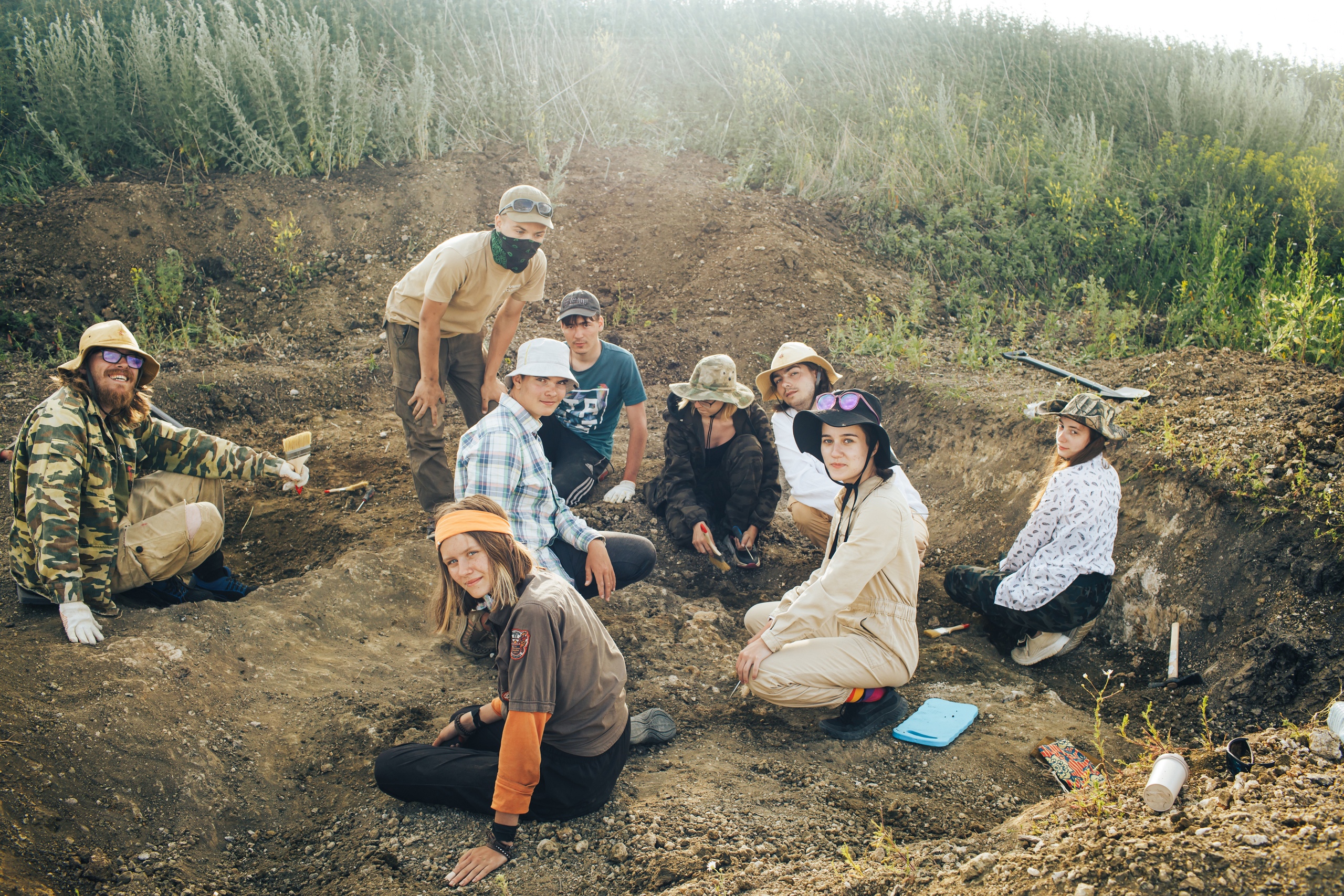In the Orenburg region, participants in the youth paleontological scientific camp “Park of the Cretaceous Period in the Southern Urals” found fossils of the Cretaceous period. The organizer of the camp is the Youth Club of the Russian Geographical Society “Orenburg”.
The work was carried out under the guidance of teachers of the Club of Young Geologists named after. G. A. Sopotsko, Orsk, Olga Chumanova and Anatoly Nikiforov. Three paleontologists also came: junior researcher at the Paleontological Institute of the Russian Academy of Sciences (Moscow) Nikolai Zverkov, associate professor of the Department of Vertebrate Zoology at St. Petersburg State University Dmitry Grigoriev and researcher at the Mordovian Republican United Local History Museum named after I.D. Voronin Igor Meleshin.
— This season turned out to be difficult, and weather conditions affected the progress of work, — paleontologist Nikolai Zverkov commented on the work of the camp. — Not everything planned was completed. No skeletons were dug up this year, but interesting individual bones from plesiosaurs, mosasaurs, sea turtles, and even small fragments of pterosaur bones were found. Unexpected and pleasant surprises were the finds of invertebrate animals (ammonites, crustaceans and sponges) and plants, especially the cones of gymnosperms; specialized specialists will study them. These finds will shed new light on the flora and fauna of the Southern Urals in the Late Cretaceous.
Also among the finds are fossilized cones and ancient crabs. Such finds were made in the Orenburg region for the first time.
Participant from St. Petersburg Daria Dorofeyskaya shared her first experience of field practice.
— They found shark teeth, vertebrae of polycotylides, elasmosaurs, mosasaurs, petrified wood, glued “bone puzzles” — the girl said. “When the rains came, we walked through the dumps in search of everything that had been washed away by water: from teeth that could have been thrown away without noticing along with a handful of earth, to fragments of vertebrae that someone had accidentally thrown out. This was my first experience of real excavation. It’s an indescribable feeling when you first take out a vertebra from glauconite that is about 80 million years old.
This year, the camp was attended by foreign participants who came under the Rossotrudnichestvo “New Generation” program from Belarus, Kyrgyzstan, Lebanon, Moldova, Transnistria, Serbia, Tajikistan and Uzbekistan, as well as inclusive volunteers.
“We were a little unlucky in terms of weather conditions, but it didn’t stop us from working,” Dmitry Mortin from Transnistria shared his impressions. — During the excavations, various kinds of remains were found, shark teeth, mosasaurus vertebrae. We listened to wonderful lectures from paleontologists. Everyone was happy. There were a lot of guys from other countries, we talked, became friends and hope that we will meet again at similar events.
